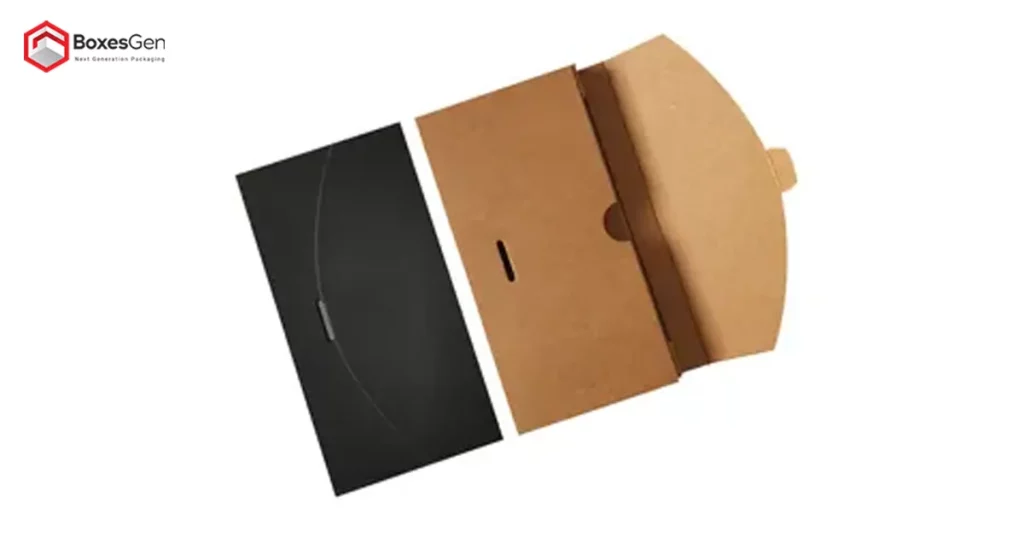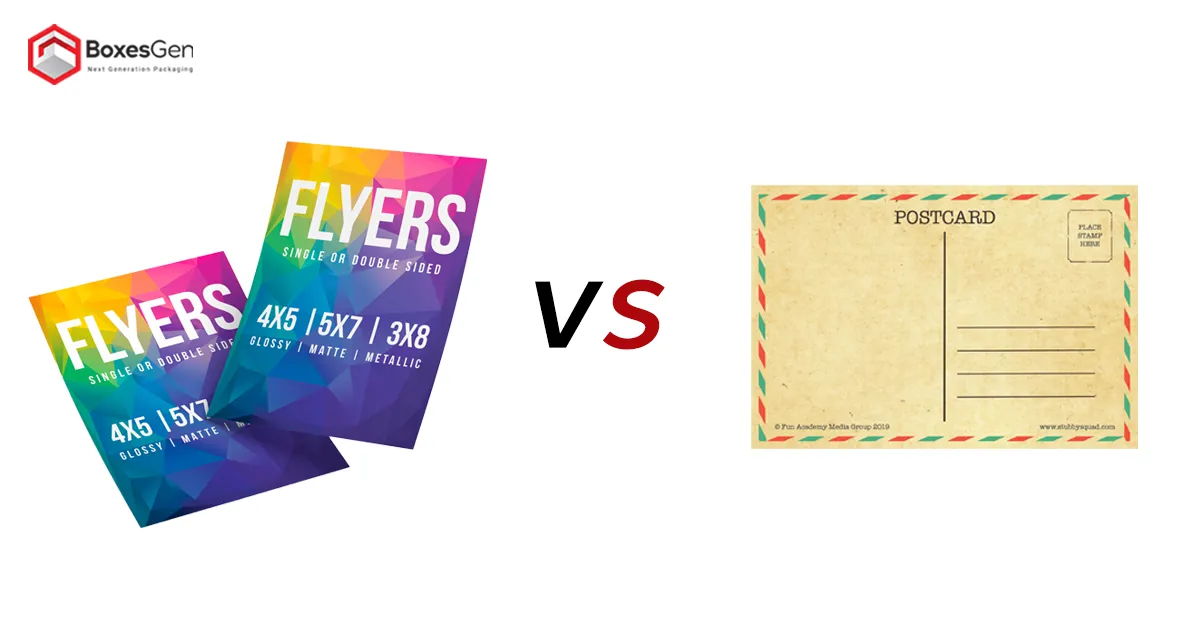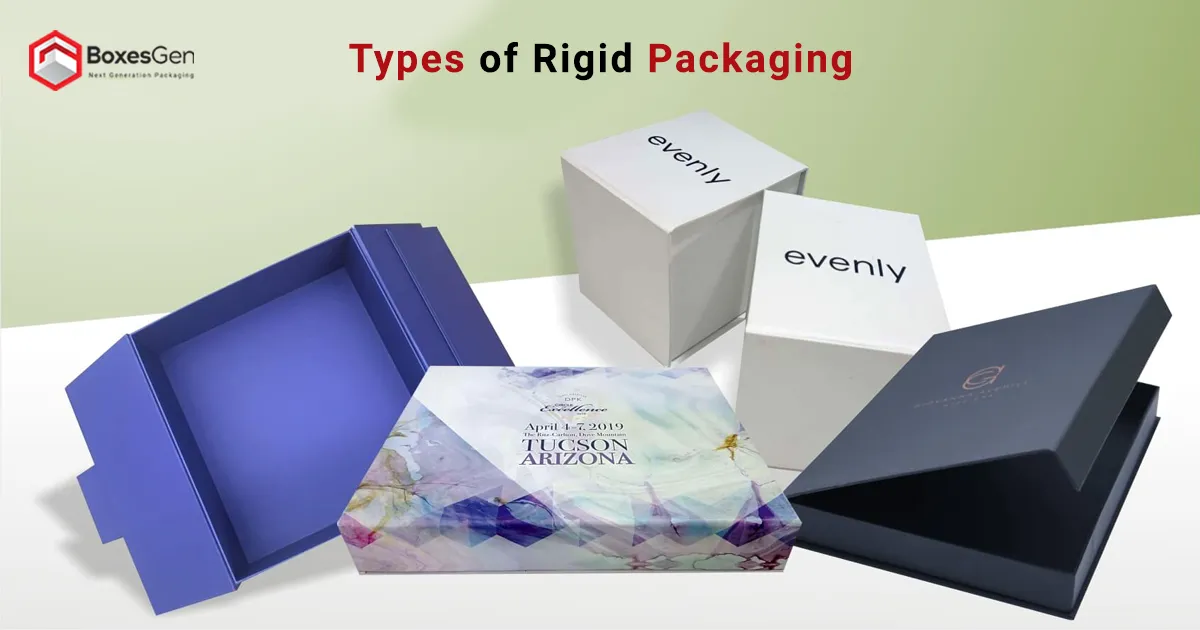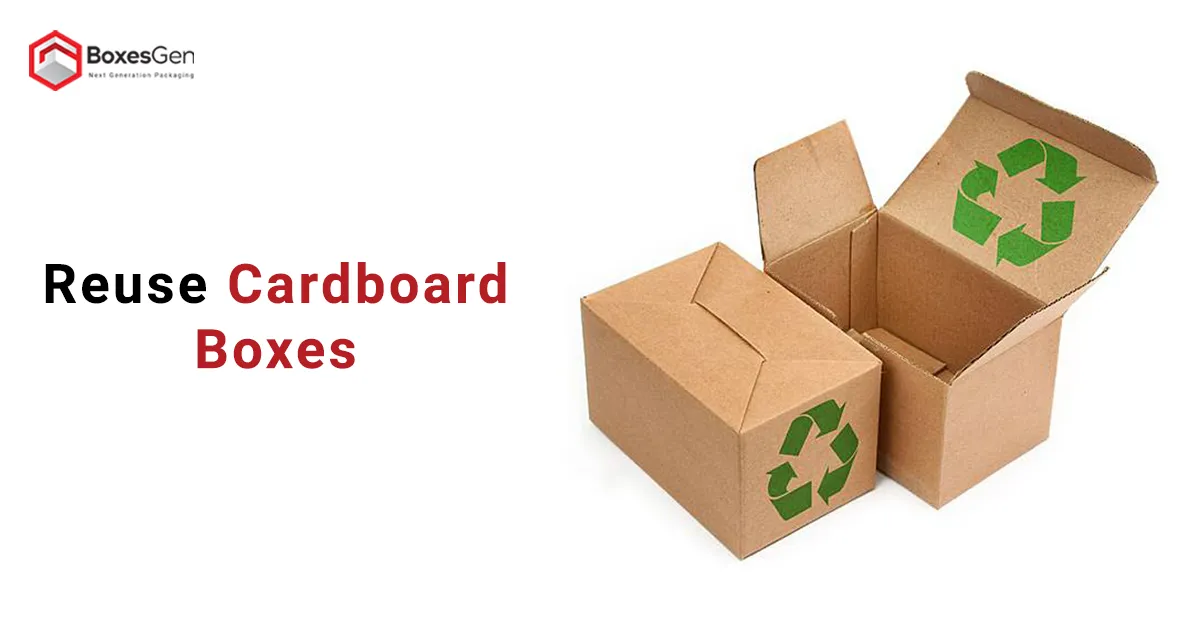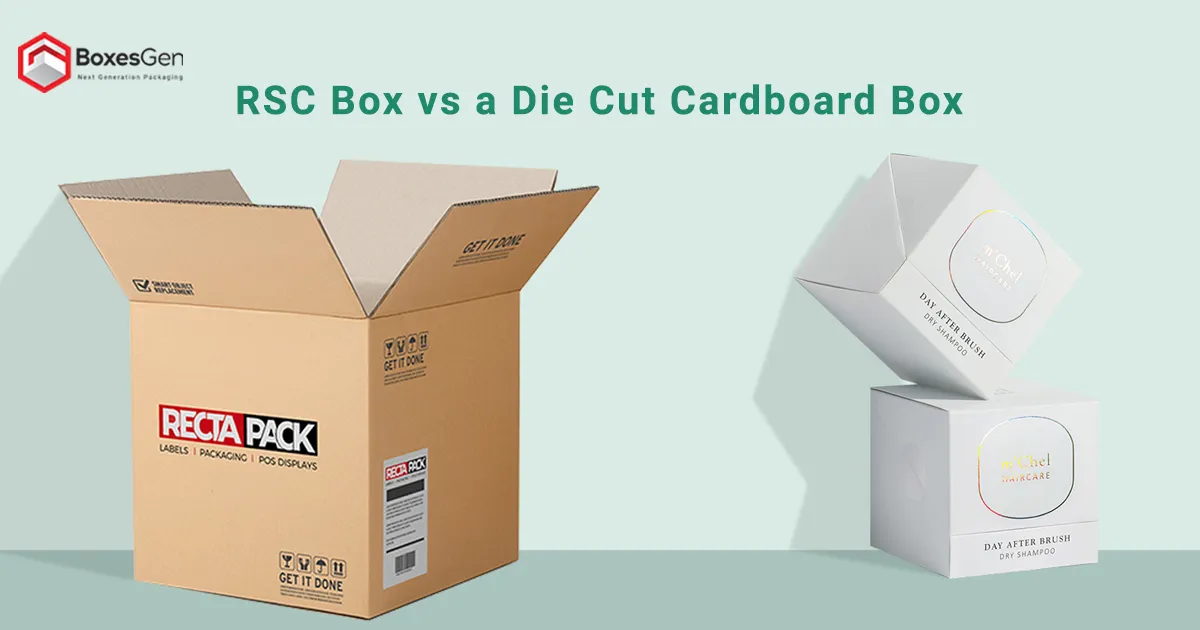Postcard Sizes and Dimensions
Postcards have been a popular means of communication for centuries, offering a tangible and personal touch in an increasingly digital world. The charm of sending and receiving postcards lies in the images and messages they convey and their diverse sizes and dimensions. In this comprehensive guide, we will explore the world of postcard sizes, exploring their variations and providing insights into the types available.
Standard Postcard Sizes
1. The International Standard Postcard Size
The ISO (International Organization for Standardization) defines the international standard postcard size as ISO 216, the standard used for A-series paper sizes. The standard postcard size is A6, which measures;
Dimensions: 4.13 x 5.83 inches (10.5 x 14.8 cm) and (105 x 148 mm)
2. The US Standard Postcard Size
PostU.S. services widely accept the U.S. standard postcard size, which is often referred to as the “standard” or “official” postcard size in the U.S. It is essential to adhere to these dimensions to ensure that your Custom Postcard meets the postal regulations and qualifies for standard postage rates. In the United States, the standard postcard Length Width Height that is commonly used for mailing is;
Dimensions: 3.5 x 5 inches (8.89 x 12.7 cm) and (88.9 x 127 mm)
3. Jumbo Postcard Size
A jumbo postcard typically refers to a larger postcard than the standard postcard dimensions. While there isn’t a universally defined size for a jumbo postcard, it generally refers to postcards that exceed the standard dimensions.
Dimensions: 5 x 7 inches (12.7 x 17.78 cm) and (127 x 177.8 mm)
4. Square Postcard Size
Square postcards are not as standardized as rectangular ones, and their size may vary. This site provides a balanced square format often used for creative and visually appealing designs. However, a common square postcard size is;
Dimensions: 5.5 x 5.5 inches (13.97 x 13.97 cm) and (139.7 x 139.7 mm)
5. Panoramic Postcard Size
Panoramic postcards come in various sizes, and no standardized dimension exists for them. The size of a panoramic postcard will depend on the specific design and creative preferences. Common panoramic postcard sizes include;
Dimensions: 4 x 9 inches (10.16 x 22.86 cm) and (101.6 x 228.6 mm)
- Specialty Postcard Sizes
- Image – Specialty Postcards
Mini Postcard Size
Mini postcards are adorable and often used for personal messages or as collectibles. They come in various sizes, and there isn’t a standardized dimension for them. The term “mini postcard” generally refers to smaller-than-average postcards, and the size can vary based on design and preferences.
Dimensions: 2.5 x 3.5 inches (6.35 x 8.89 cm) and (63.5 x 88.9 mm)
Oversized Postcard Size
Oversized postcards typically exceed the standard size and are larger for added impact. While there isn’t a universally defined dimension for oversized postcards, they often fall into larger size categories, which include;
Dimensions: 6 x 11 inches (15.24 x 27.94 cm) and (152.4 x 279.4 mm)
Die-Cut Postcard Size
The size of a die-cut postcard can vary widely depending on the specific design and shape intended. Die-cutting involves using a specialized cutting tool to create unique shapes or designs beyond standard rectangular or square postcard shapes.
Dimensions: Varies based on design.
Folded Postcard Size
Folded postcards, including Christmas Cards, are designed to be folded, usually creating multiple panels for additional content. The size of a folded postcard will depend on both the unfolded size and the folding method used. Common sizes for folded postcards include:
A6 Folded Postcard
- Unfolded Size: 4.13 x 5.83 inches (10.5 x 14.8 cm)
- Folded Size: 4.13 x 2.91 inches (10.5 x 7.4 cm)
A5 Folded Postcard
- Unfolded Size: 5.83 x 8.27 inches (14.8 x 21 cm)
- Folded Size: 5.83 x 4.13 inches (14.8 x 10.5 cm)
6×9 Folded Postcard
- Unfolded Size: 6 x 9 inches (15.24 x 22.86 cm)
- Folded Size: 6 x 4.5 inches (15.24 x 11.43 cm)
Choosing the Right Size
Selecting the appropriate postcard size and Envelope Dimensions depends on the intended purpose and message. Standard sizes are perfect for general correspondence, while larger sizes may be more suitable for promotional materials. Creativity can be expressed through non-traditional sizes like square, panoramic, or die-cut postcards.
Design Considerations
- Bleed and Trim: Ensure your design extends slightly beyond the edges (bleed) to avoid white borders after trimming.
- Resolution: Use high-resolution images to maintain clarity and sharpness in your postcard design.
- Typography: Choose legible fonts and consider font size for easy readability.
- Color: Be mindful of color choices, ensuring they align with the intended message and evoke the desired emotions.
Business Cards Vs. Postcards
Business cards and postcards serve different purposes and are designed for distinct types of communication. Here are some key differences between business cards and postcards:
Purpose
- Business Cards: Business cards are primarily used for professional networking. They contain essential contact information such as a person’s name, job title, company name, phone number, email address, and sometimes a logo, and are available in Business Card Boxes.
- Postcards: Postcards are typically used for marketing and promotional purposes. They often include images, graphics, and text to convey a message or promote a product, event, or business.
Size
- Business Cards: Standard business cards are usually small, with Paper Dimensions around 2 x 3.5 inches (5.08 x 8.89 cm).
- Postcards: Postcards come in various sizes but are generally larger than business cards. Standard postcard sizes include 4 x 6 inches (10.16 x 15.24 cm) and 5 x 7 inches (12.7 x 17.78 cm).
Content
- Business Cards: Business cards present concise contact information and branding elements. They are designed to be compact and easily carried.
- Postcards: Postcards have more space for visuals and information. They often include eye-catching graphics, promotional messages, and details about events or products.
Use Cases
- Business Cards: Given their small size and professional nature, business cards are exchanged during networking events, meetings, and other professional interactions.
- Postcards: Postcards are commonly used for direct mail marketing campaigns, as event invitations, or to promote products and services. They are often mailed to a target audience or distributed at events.
Design Elements
- Business Cards: Business cards typically have a clean and professional design, often including a company logo and simple color schemes.
- Postcards: Postcards allow for more creative and visually engaging designs. They may include vibrant images, bold colors, and compelling layouts to capture the recipient’s attention.
- While business cards and postcards are tools for communication, they cater to different needs. Business cards are focused on professional contact information, while postcards are used for promotional and marketing purposes, with more space for visual elements and detailed messages.
Flyers Vs. Postcards
Flyers, postcards, and Brochure Paper Dimensions are popular tools for promotional and marketing purposes, but they have some key differences in size, format, and use. Here are some distinctions between flyers and postcards:
Size and Format
- Flyers: Flyers come in various sizes but are generally larger than postcards. Common sizes for flyers include Letter Paper size (8.5 x 11 inches), A5 (5.83 x 8.27 inches), or even larger formats.
- Postcards: Postcards have standard sizes, such as 4 x 6 inches or 5 x 7 inches. They are typically smaller and more compact compared to Custom Printed Flyers.
Purpose and Content
- Flyers: Flyers are versatile and can be used for various purposes, including event promotion, product launches, informational campaigns, and more. They often contain more detailed information and graphics to convey a broader message.
- Postcards: Postcards are more focused and are commonly used for direct mail marketing or as promotional materials for specific events, products, or services. They are generally more concise and visually appealing.
Distribution Method
- Flyers: Flyers are often distributed in various ways, such as handing them out at events, placing them on counters, or distributing them door-to-door. They are also suitable for display on bulletin boards.
- Postcards: Postcards are commonly used in direct mail campaigns. They are mailed to a targeted audience or distributed at specific locations. The compact size of postcards makes them easy to handle and mail.
Design Elements
- Flyers: Flyers allow for more design space and creativity due to their larger size. They may include detailed graphics, images, and extensive information to convey a comprehensive message.
- Postcards: Postcards have limited space, often encouraging a more focused and visually impactful design. They are effective in capturing attention with concise messages and eye-catching visuals.
Cost
- Flyers: Flyers may be more cost-effective in bulk, especially for larger quantities or standard sizes.
- Postcards: Postcards can be cost-effective for direct mail campaigns, and their standardized sizes may contribute to lower printing and postage costs.
- Ultimately, the choice between flyers and postcards depends on your specific marketing goals, the amount of information you want to convey, and your preferred distribution method. Flyers are suitable for more detailed information and versatile distribution, while postcards are effective for targeted direct mail campaigns with concise messages and visuals.
Packaging & Postcard Connection
The link between packaging and postcards lies in their shared role in marketing and branding. Packaging and postcards convey a brand’s message, create visual appeal, and engage with customers. Here are some ways in which packaging and postcards are interconnected:
1. Branding and Image
Both packaging and postcards offer opportunities for consistent branding. Design elements such as logos, color schemes, and typography can be aligned across Printing Packaging materials and promotional postcards, reinforcing brand identity.
2. Marketing and Promotion
Postcards are often used as promotional materials to showcase products, services, or special offers. On the other hand, packaging serves as the first point of contact with a product and can include promotional information, encouraging repeat business.
3. Visual Appeal
Both packaging and postcards benefit from visually appealing designs. Eye-catching graphics, high-quality printing, and creative layouts attract attention and leave a positive impression on customers. These postcards can be embellished with Premium Finishing to make them look more appealing.
4. Information and Communication
Postcards are designed to convey specific messages to recipients, whether about a new product, an event, or a promotion. Packaging, especially product packaging, communicates essential information about the product, features, and usage.
5. Customer Engagement
Both postcards and Packaging can include interactive elements that engage customers. This could include Q.R. codesQ.R.eading to websites, social media handles, or calls to action that encourage further interaction with the brand.
6. Unboxing Experience
Creative and well-designed packaging contributes to the overall unboxing experience. Postcards and Birthday Cards can be included within the packaging, serving as a personalized note, thanking or wishing the customer or providing additional information about the brand.
7. Direct Mail Campaigns
In some marketing strategies, postcards are used as part of direct mail campaigns, and they might be sent within specially designed packaging to increase the perceived value of the communication.
8. Event Marketing
Postcards are often used for event invitations such as Wedding Cards. Packaging for special edition products or limited-time offers can incorporate similar design elements, creating a cohesive marketing approach.
Additional Aspects of Postcard Culture
Vintage Postcards
Explore the charm of vintage postcards, highlighting their historical significance and how their sizes and designs have evolved over the years.
Collecting Postcards as a Hobby
Delve into the world of postcard collecting, known as deltiology, discussing the various themes and sizes enthusiasts seek to add to their collections.
DIY Postcard Making
Provide insights into creating personalized postcards, including tips on design, printing, and adding a unique touch to homemade postcards.
Postcard Display and Storage
Discuss creative ways to display and store postcards, whether in albums, frames, or other innovative solutions, preserving them for generations.
Postcard Etiquette
Explore the unwritten rules of postcard sending, such as appropriate messages, addressing, and when and why to send postcards for various occasions.
Postcard Marketing for Businesses
Delve into the role of postcards in marketing strategies, explaining how businesses leverage postcards for direct mail campaigns, promotions, and brand awareness.
Digital Postcards and E-Cards
Examine the impact of digitalization on postcard culture, exploring the rise of digital postcards and e-cards as convenient alternatives to traditional printing paper postcards.
Postcard Art and Photography
Showcase the artistic side of postcards as Greeting Cards, featuring how artists and photographers use this medium to express their creativity and share their work with a broader audience.
Postcard Festivals and Events
Highlight the existence of postcard festivals and events where enthusiasts gather to exchange, showcase, and celebrate the beauty of postcards in various sizes and designs.
Postcard Tourism
Explore how postcards contribute to tourism, acting as souvenirs that capture the essence of a destination and serve as a visual representation of travel experiences.
Conclusion
Postcards continue to be a timeless form of communication, blending nostalgia with modern design possibilities. Understanding the various postcard sizes and dimensions allows individuals and businesses to make informed choices that align with their communication goals. Whether sending a personal note, promoting a product, or sharing breathtaking landscapes, the diverse world of postcards offers a size for every message. Embrace creativity, adhere to postal regulations, and let your postcards become the carriers of memories and expressions in the digital age.

